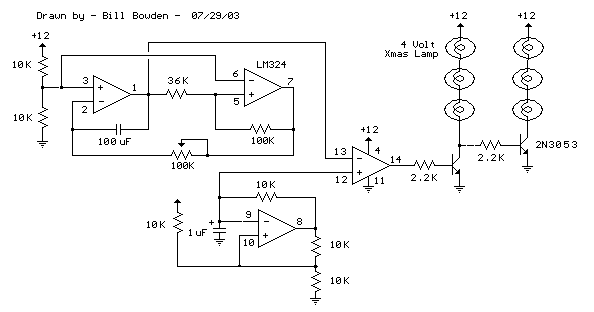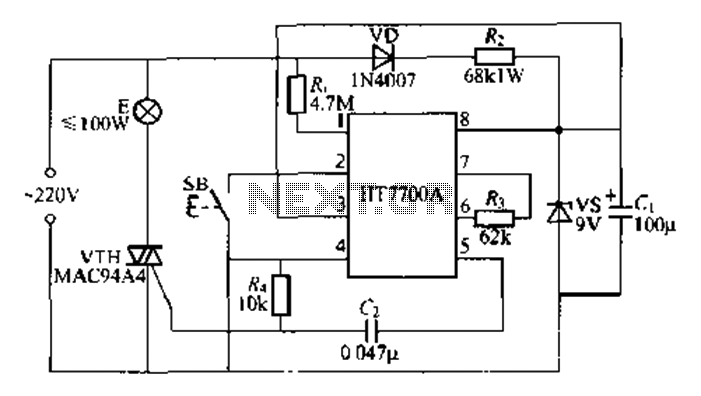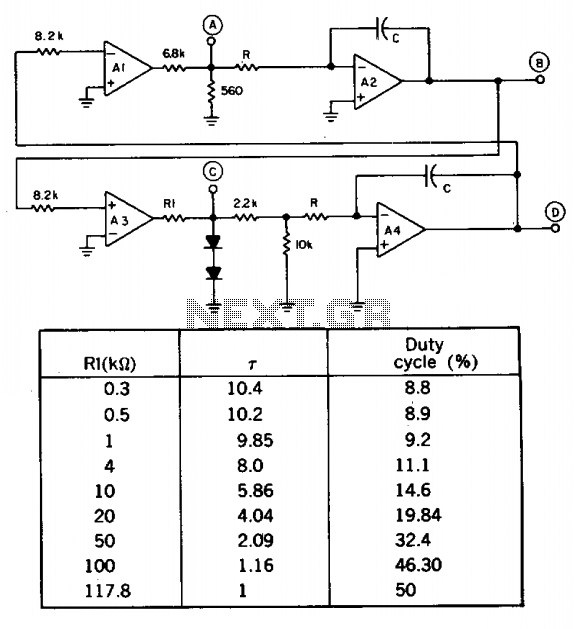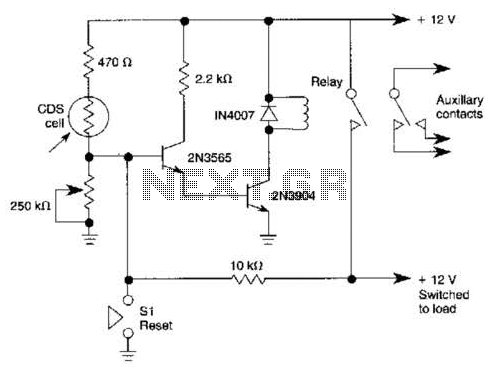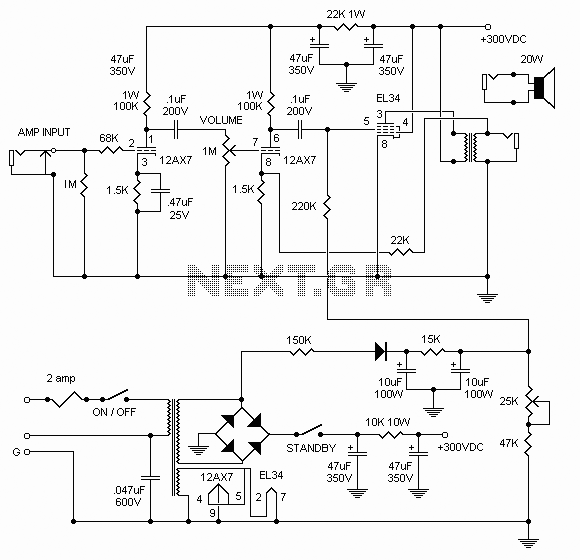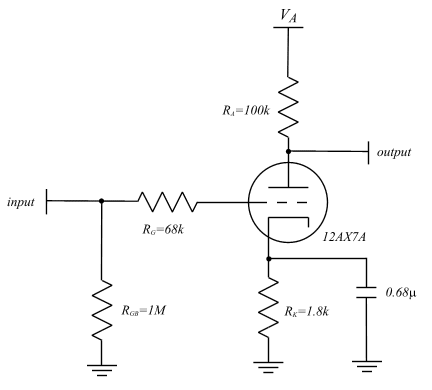
AMP Hexadecimal Rotary Switch
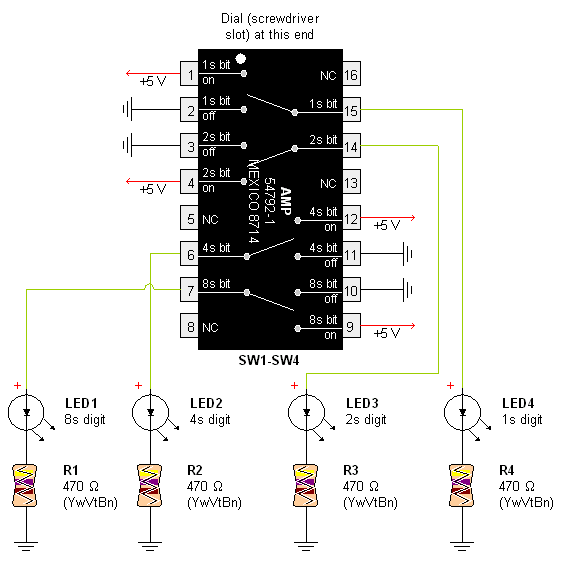
Pictures and a sample schematic (including pinouts) of an AMP hexadecimal (16-position) switch with a screw slot actuator.
The AMP hexadecimal switch is a 16-position rotary switch designed for applications requiring multiple selectable options. This switch features a screw slot actuator that allows for manual rotation and selection of positions. Each position of the switch corresponds to a unique electrical connection, enabling the user to route signals or power to various outputs based on the selected setting.
The schematic representation of the switch typically includes pinouts that illustrate the electrical connections associated with each position. The pin configuration is essential for integrating the switch into a larger circuit, ensuring proper functionality and signal routing. The switch's design allows for ease of installation and maintenance, with the screw slot actuator facilitating user interaction.
In applications, this type of switch is commonly employed in control panels, instrumentation, and various electronic devices where multiple operational modes are required. The robust construction of the AMP switch ensures reliability and longevity, making it suitable for both consumer and industrial applications.
When designing a circuit that incorporates the AMP hexadecimal switch, it is crucial to consider the electrical ratings, such as voltage and current limits, to prevent damage and ensure optimal performance. Additionally, the layout of the surrounding components should accommodate the physical dimensions of the switch, allowing for effective integration into the overall system design. Proper labeling and documentation of the switch's positions in the schematic will aid in troubleshooting and user operation, enhancing the overall usability of the electronic device.Pictures and a sample schematic (including pinouts) of an AMP hexadecimal (16-position) switch with screw slot actuator.. 🔗 External reference
The AMP hexadecimal switch is a 16-position rotary switch designed for applications requiring multiple selectable options. This switch features a screw slot actuator that allows for manual rotation and selection of positions. Each position of the switch corresponds to a unique electrical connection, enabling the user to route signals or power to various outputs based on the selected setting.
The schematic representation of the switch typically includes pinouts that illustrate the electrical connections associated with each position. The pin configuration is essential for integrating the switch into a larger circuit, ensuring proper functionality and signal routing. The switch's design allows for ease of installation and maintenance, with the screw slot actuator facilitating user interaction.
In applications, this type of switch is commonly employed in control panels, instrumentation, and various electronic devices where multiple operational modes are required. The robust construction of the AMP switch ensures reliability and longevity, making it suitable for both consumer and industrial applications.
When designing a circuit that incorporates the AMP hexadecimal switch, it is crucial to consider the electrical ratings, such as voltage and current limits, to prevent damage and ensure optimal performance. Additionally, the layout of the surrounding components should accommodate the physical dimensions of the switch, allowing for effective integration into the overall system design. Proper labeling and documentation of the switch's positions in the schematic will aid in troubleshooting and user operation, enhancing the overall usability of the electronic device.Pictures and a sample schematic (including pinouts) of an AMP hexadecimal (16-position) switch with screw slot actuator.. 🔗 External reference
Warning: include(partials/cookie-banner.php): Failed to open stream: Permission denied in /var/www/html/nextgr/view-circuit.php on line 713
Warning: include(): Failed opening 'partials/cookie-banner.php' for inclusion (include_path='.:/usr/share/php') in /var/www/html/nextgr/view-circuit.php on line 713
